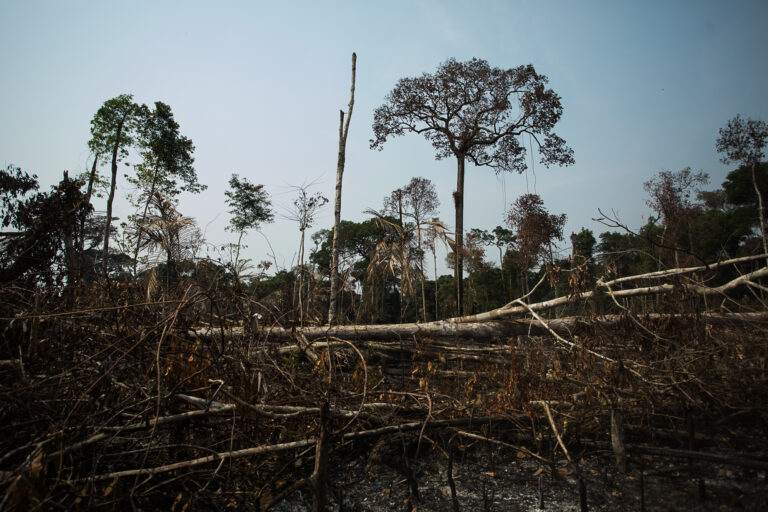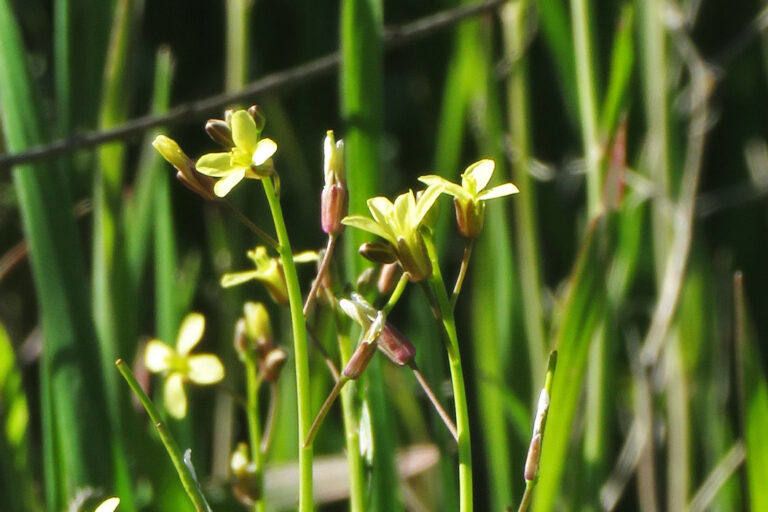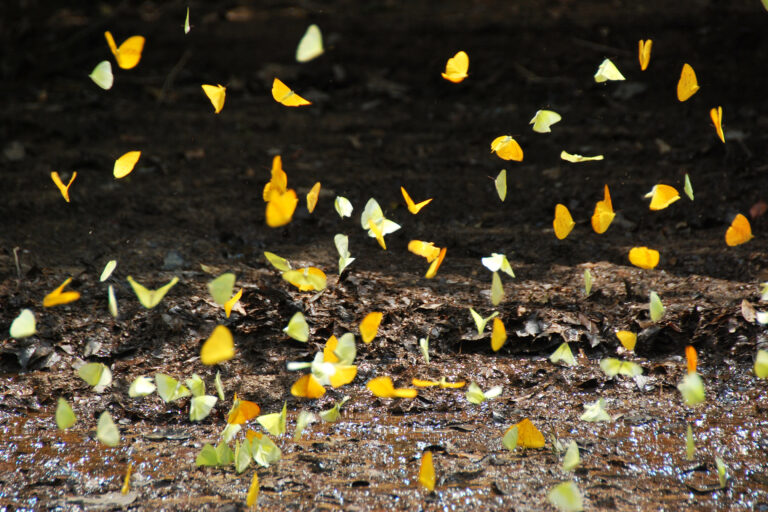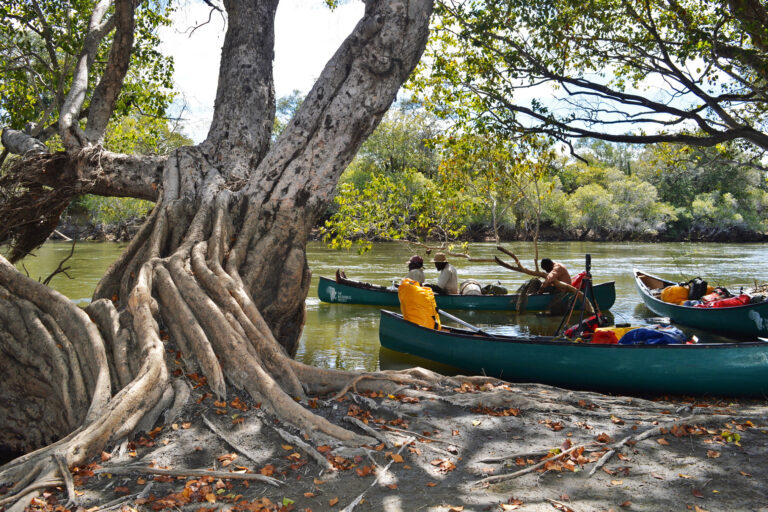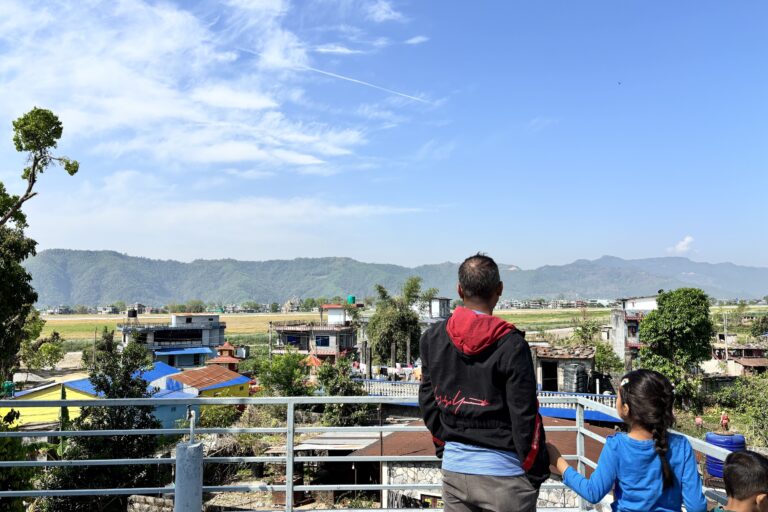- Air pollution — especially from transboundary dust and sulfate particles — is intensifying lightning activity in Bangladesh, particularly during the pre-monsoon season. Studies show that these pollutants, mostly coming in from northern and western India, alter cloud dynamics and increase lightning frequency.
- Bangladesh records the highest lightning-related death density in South Asia, with over 4,000 deaths since 2010. Vulnerable rural populations with limited infrastructure and outdoor labor during harvest seasons are victims of these fatalities.
- Experts urge Bangladesh to strengthen early warning systems, improve air quality monitoring, and reduce both domestic and cross-border pollution through coordinated policies targeting traffic emissions, industrial sources and open burning.
Bangladesh, one of the world’s most climate-vulnerable countries, is witnessing a troubling rise in lightning-related deaths. Scientists point to a strong link between increased lightning activity and worsening air pollution, much of which is carried in from across its borders.
A new study, which analyzed six years of lightning and air quality data (2015-20), has found a strong correlation between lightning frequency and elevated concentrations of airborne dust and sulfate particles. These pollutants peak during the pre-monsoon months, particularly April and May — also the time when lightning strikes are most frequent.
“We identified two major pollutants — dust and sulfate — that help create the right conditions for more lightning during Bangladesh’s pre-monsoon season,” says Ashraf Dewan, co-author of the study and an associate professor at Australia’s Curtin University.
He explains that these pollutants act alongside atmospheric factors like Convective Available Potential Energy (CAPE), altering how clouds form and making it easier for electrical charges to build up inside storm clouds, ultimately leading to more lightning.
The lightnings strike over Bangladesh, but these pollutant particles are not all homegrown. The study links the uptick in lightnings to the transport of large volumes of dust and sulfate aerosols from agricultural burning and industrial emissions in northern and western India, carried into Bangladesh by upper-level westerlies. The study found that, during peak lightning season, dust levels were 88% higher and sulfate levels 51% higher than during the secondary peak in August-September.
However, Dewan stresses, this isn’t a simple “more pollution equals more lightning” equation. “There’s a threshold effect,” he says. “When Bangladesh’s already high local pollution combines with transboundary pollutants, lightning activity intensifies significantly.”
The research paints a complex picture: While pollutants such as dust, sulfates and ozone are associated with increased lightning activity, finer particles, like those with diameters of 2.5 microns or less (or PM2.5) and PM10, appear to suppress it.
A study by Saint Louis University in Missouri, U.S., supports the case for transboundary pollution. It found that fine particulate matter (PM2.5) across South Asia is heavily influenced by long-range transport of aerosols and biomass burning smoke, particularly from the Indo-Gangetic Plain. These pollutants travel thousands of kilometers, moving eastward along the Himalayas and southward over the Bay of Bengal, spreading regional air pollution as far as the Indian Ocean.
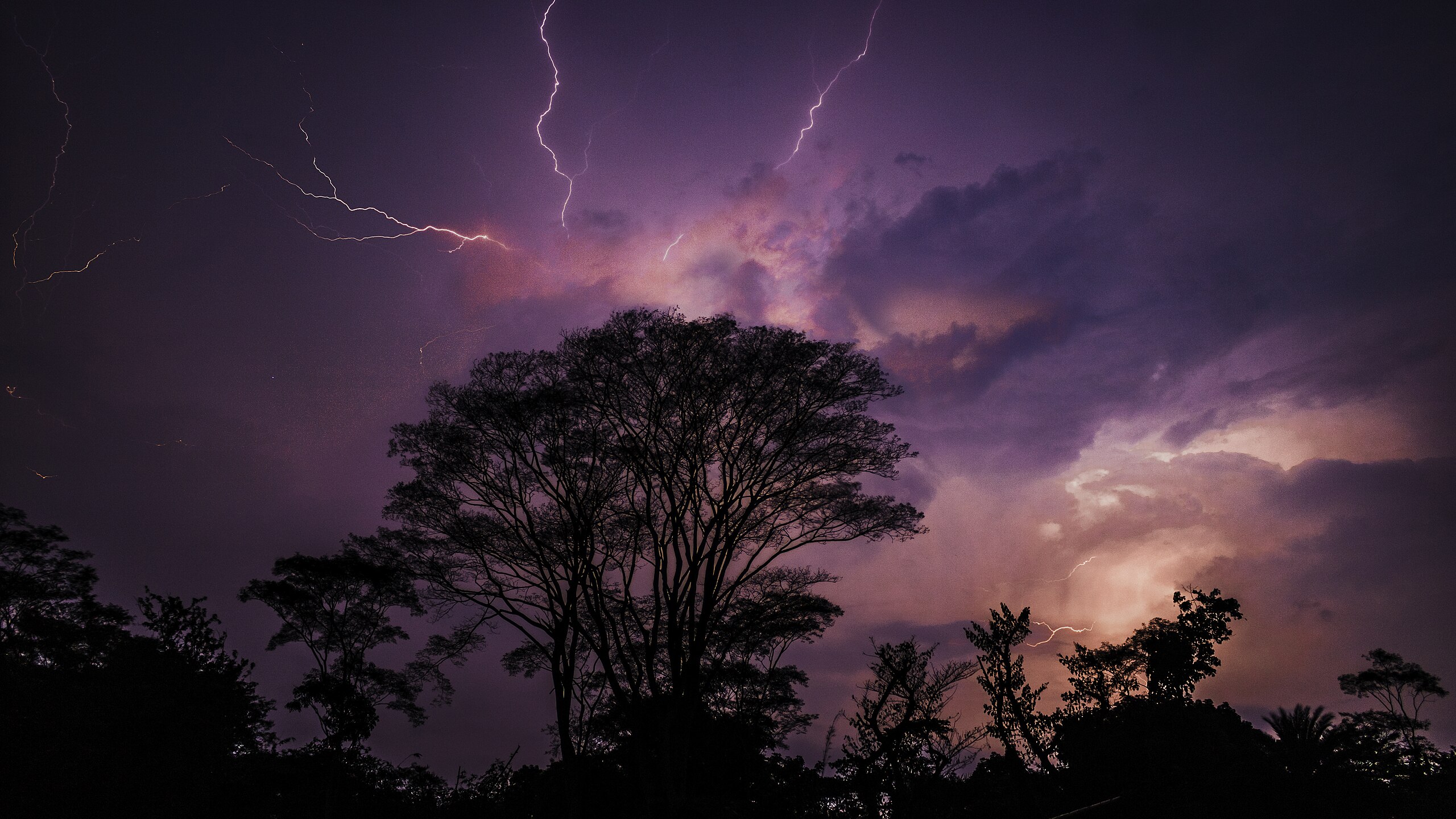
Dhaka and Kolkata were the most polluted cities in the dataset due to their position at the outflow of the Indo-Gangetic Plain, the study notes.
Lightning activity has increased across South Asia, rising by 0.096 flashes per square kilometer (almost 0.4 square miles) annually — the surface latent heat flux over the western coast of the Indian subcontinent is the main factor behind lightning activity in the region. It accounts for 52% of the variation in lightning and causes an increase of about 0.025 lightning flashes per square kilometer each year. Further studies from West Bengal in India and Bangkok in Thailand confirm a direct relationship between elevated air pollution and lightning frequency. Rainfall during the monsoon season helps suppress this by washing pollutants from the air.
Bangladesh faces highest lightning death density in South Asia
Bangladesh records the highest number of lightning-related deaths per square kilometer in South Asia, according to a new regional study analyzing two decades of data.
Despite its small size, the country’s dense population in rural areas and the outdoor-based livelihoods heighten its vulnerability to lightning strikes. The study identifies the pre-monsoon season — especially between 4 p.m. and 6 p.m. — as the peak period for lightning activity.
“The Himalayan foothills and northeastern regions of Pakistan, Bangladesh, and India exhibit the highest flash densities, whereas Bangladesh records the highest number of fatalities per unit area,” the study states.
When adjusted for population, Nepal ranks highest in lightning-related deaths in South Asia, followed by Bangladesh, underscoring the growing regional threat.
Researchers cite poor public awareness, lack of protective infrastructure, and widespread exposure due to labor-intensive outdoor work as key drivers of the deadly toll.
Meanwhile, another recent study suggests that while lightning strikes in Bangladesh have shown a slight decline, the number of fatalities has not followed the same trend, indicating that multiple factors beyond weather are at play. Lightning deaths are closely linked to geographic location, type of work, education levels and access to safety measures.
The findings highlight that northern, and particularly northeastern, Bangladesh are the most vulnerable regions. People working in open environments such as farmlands, near rivers, or in rural areas face greater risk, especially during the peak lightning season between April and June, when outdoor exposure is highest.
“When the sky turns dark and I’m out in the paddy field, my heart skips a beat. It’s truly terrifying. We have nowhere to take shelter, and so many of us farmers die this way,” says Ashraf Mia, a paddy farmer from Sunamganj in northeastern Bangladesh. “It feels like there’s more lightning now than before — or maybe it’s just getting stronger.”
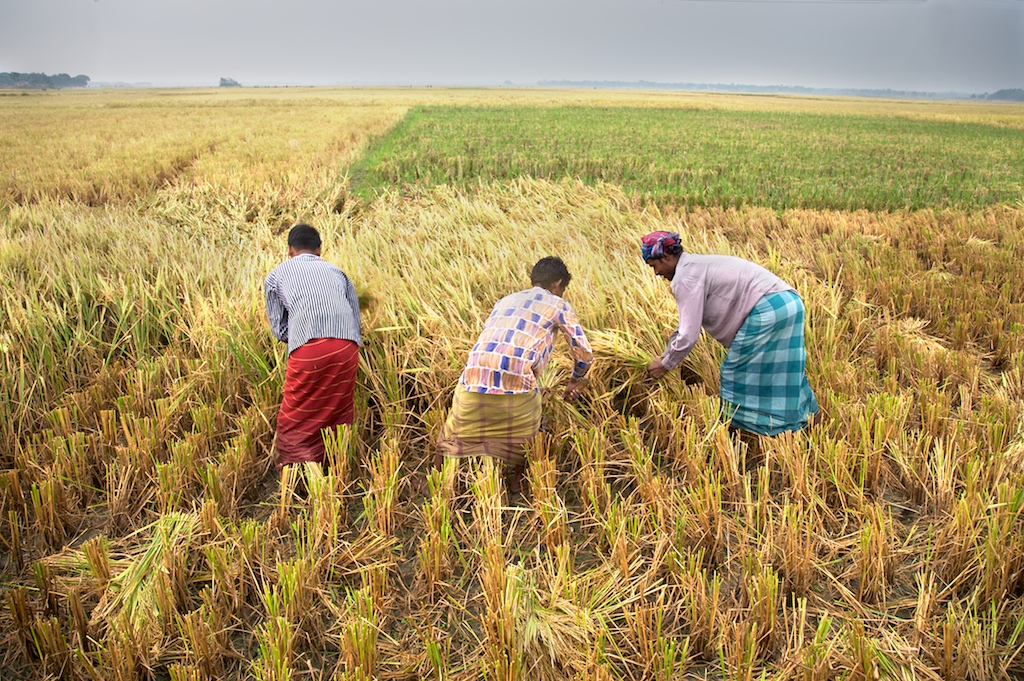
According to Bangladesh’s disaster preparedness network Disaster Forum, 4,158 people have died from lightning strikes between 2010 and April 2024. The annual average death toll has jumped from 220 in the years 2010-14 to about 305 in recent years.
The forum says Bangladesh experiences roughly 8.4 million lightning strikes each year, with nearly 70% of them occurring between April and June. Another surge follows in September and October as monsoon winds retreat.
“Both of these lightning-prone periods coincide with our main crop harvesting seasons,” says Gawher Nayeem Wahra, the founder member secretary of Disaster Forum, highlighting the elevated risk for farmers in open fields.
“Most lightning strike victims come from poor communities, yet there is no dedicated treatment protocol for them in the country,” he tells Mongabay.
“Lightning injuries require a completely different approach than conventional burn treatment. The government needs to take their suffering more seriously — especially for those who survive but are left with lifelong disabilities,” he says.
Lightning and pollution: A deadly mix for Bangladesh
In response to rising fatalities, Bangladesh has taken several steps: It declared lightning a natural disaster in 2016, installed community shelters and lightning arresters, and launched an ambitious project in 2018 to plant 4 million palm trees to act as natural lightning rods.
That tree-planting program, however, was scrapped in 2022 due to mismanagement and lack of feasibility — it was later deemed unviable since palm trees take 30-40 years to mature.
To bolster preparedness, the Bangladesh Meteorological Department introduced a lightning forecasting system in April 2024, which predicts storm intensity and lightnings up to four hours in advance. These warnings are issued via the department’s website and social media platforms. But conveying the warning to rural communities remains a challenge.
“Early warnings have proven lifesaving during cyclones,” says Rezwanur Rahman, director general of the government’s Department of Disaster Management. “We’re now working with the BTRC [Bangladesh Road Transport Corporation] and mobile operators to deliver lightning forecasts directly to the most vulnerable.”
Additionally, the government is engaging local schools, mosques and municipal leaders for awareness, while also assessing the effectiveness of over 300 installed lightning arresters, he says.
As Bangladesh battles a multi-front war against deadly lightning strikes, experts warn the country must do more, particularly by improving the air quality.
Benjamin de Foy, lead author of the Saint Louis University study, emphasizes the need for “coordinated, multi-pronged efforts” to reduce South Asia’s pollution burden. This includes tackling rural sources like “agricultural burning and biomass burning more broadly,” alongside urban emissions from traffic via improvements in public transit, vehicle technology and fuel standards, he says. He also highlights the need for “point source controls” for industrial polluters such as factories and brick kilns.
De Foy says, “everyone should do something,” noting that, while transboundary pollution impacts Dhaka, “a significant amount of local pollution can be addressed without waiting for neighboring countries to act.”
Banner image: Most of the lightning strike victims tend to be farmers and fishers. Image by vashkar abedin via Flickr (CC BY-NC-ND 2.0).
As lightning strike fatalities increase, Bangladesh still has no reliable preventive measures
Citations:
Azam, A.T.M.S., Akter, N., Dewan, A., Molla, M.A.M., & Rafiuddin, M. (2025). Role of pollutants on the bimodal lightning distribution in Bangladesh. Earth Systems and Environment. doi:10.1007/s41748-025-00627-w
De Foy, B., Khaleel, N., Razzaq, T.A., Khan, M.F., Jani, S.J.M., Bergin, M.H., & Schauer, J.J. (2025). Impacts of long-range transport of aerosols and biomass burning smoke from the Bay of Bengal to the Indian Ocean. Environmental Research Communications, 7(6). doi:10.1088/2515-7620/addebb
Mazumder, T., & Saroar, M.M. (2025). Lightning-induced vulnerability assessment in Bangladesh using machine learning and GIS-based approach. Progress in Disaster Science, 25. doi:10.1016/j.pdisas.2025.100406
Mishra, M., Guria, R., Taori, A., Sharma, S., Guha, A., … Santos, C.A.G. (2025). Lightning in South Asia: Patterns, impacts, and regional vulnerabilities. Earth Systems and Environment. doi:10.1007/s41748-025-00680-5
Qie, K., Qie, X., & Tian, W. (2021). Increasing trend of lightning activity in the South Asia region. Science Bulletin, 66(1). 78-84. doi:10.1016/j.scib.2020.08.033
Middey, A., & Kaware, B.P. (2016). Disposition of lightning activity due to pollution load during dissimilar seasons as observed from satellite and ground-based data. Climate, 4(2), 28. doi:10.3390/cli4020028
Sae-Jung, J., Bentley, M., Gerken, T., & Duan, Z. (2024). The impact of urban particulate matter on lightning frequency in thunderstorms: a case study of the Bangkok metropolitan region. Earth Systems and Environment. doi:10.1007/s41748-024-00474-1






